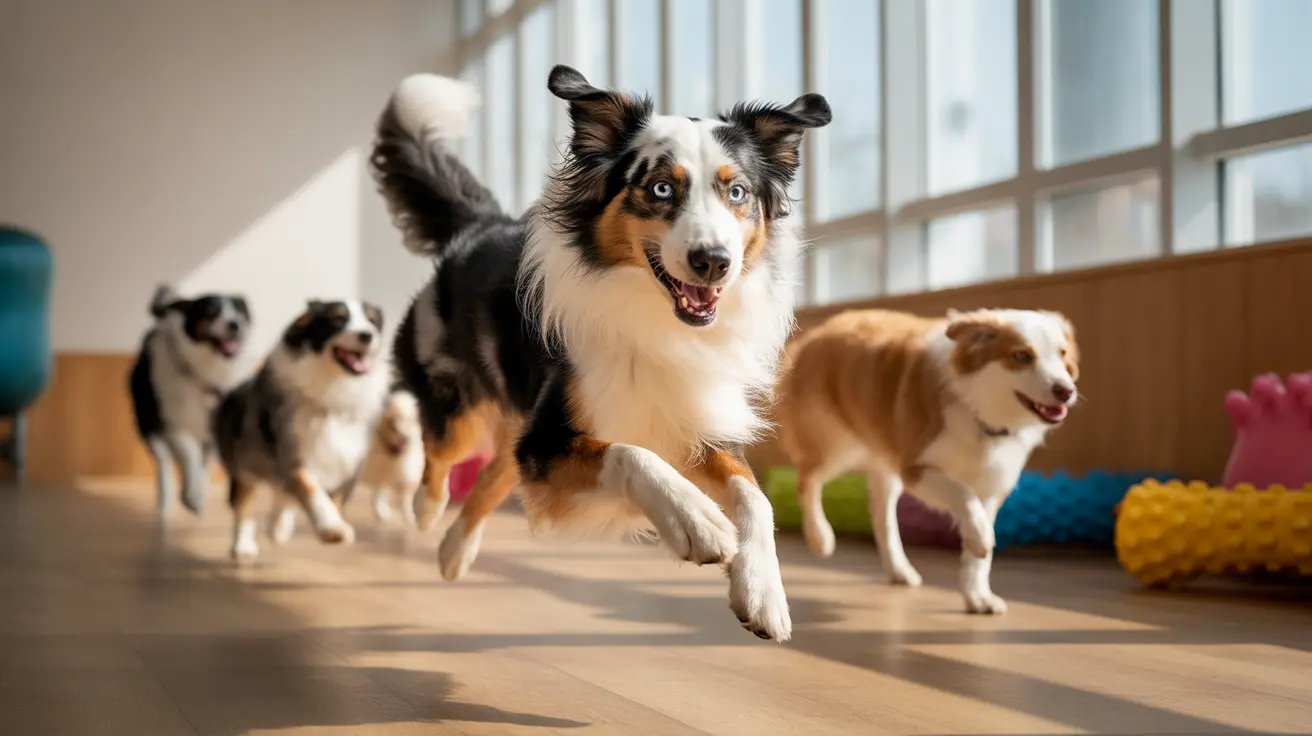Understanding the 10 10 10 Rule for Dogs: A Balanced Training Approach
Training a dog effectively requires not only consistency and clear communication but also an understanding of a dog's mental and physical limitations. The
10 10 10 rule encapsulates a balanced structure that promotes learning and strengthens your relationship with your pet. This rule breaks down a single dog training session into three essential segments: 10 minutes of focused training, 10 minutes of play or bonding, and 10 minutes of rest. Let’s explore why this approach is effective and how to incorporate it into your daily routine.
1. 10 Minutes of Active Training
The first segment emphasizes concentrated learning through short training exercises.
Why 10 minutes? Because dogs, like humans, have limited attention spans. Short sessions maintain your dog’s engagement and prevent mental fatigue.
- Keep commands simple and clear: Work on basic obedience like Sit, Stay, or Heel.
- Use positive reinforcement: Reward desired behaviors with treats, praise, or a favorite toy.
- Stay consistent: Repeat training daily using the same cues and gestures.
- Train in distraction-free environments initially: Then gradually increase difficulty by adding distractions.
Short training intervals followed consistently reinforce behavioral learning and create lasting obedience.
2. 10 Minutes of Play or Bonding
Training should always be followed with a positive cooldown period. This segment serves to celebrate success and further solidify the bond between you and your dog.
Benefits of incorporating play:
- Releases tension: Mentally stimulating games like fetch or tug help your dog unwind.
- Builds trust: Play affirms that training isn’t a punishment but a gateway to fun.
- Strengthens your bond: Shared joy enhances your relationship and makes your dog more willing to learn.
Bonding post-training also prevents your dog from associating commands with stressful environments.
3. 10 Minutes of Rest
Giving your dog time to rest after training and play is crucial. During this downtime, your dog’s brain processes and consolidates new information.
The science of resting:
- Memory assimilation: Dogs, like humans, retain new skills better after rest.
- Recovery time: Physical and mental breaks are important to avoid fatigue.
- Calm reinforcement: Ensuring a peaceful environment boosts long-term learning.
Use this quiet time for crate rest, lounging on a dog bed, or a gentle period of inactivity—and avoid overstimulation.
Why the 10 10 10 Rule Works
This structure creates a complete experiential loop: exercise the brain, reward with joy, and then allow time to absorb. It also helps avoid common
dog training mistakes such as:
- Excessively long training sessions
- Training when the owner is frustrated or tired
- Overloading the dog with information
- Failing to reinforce learned behaviors with relaxation and rewards
The combination of learning, fun, and rest mimics natural behavior rhythms and sets up your dog for success.
Incorporating the 10 10 10 Rule Into Your Routine
You don’t need to dedicate a full 30 minutes in one go every day. Instead, you can break it up throughout the day:
- Morning: A short training session before breakfast, followed by play and rest
- Afternoon: Focus on commands with increased difficulty or introduce new ones
- Evening: Use the rule as a calm-down routine before bed
Remember, consistency and uplifting energy during training are just as crucial as the structure of the session itself.
Tips to Maximize the Benefits
- Choose high-value rewards: Tailor the reward level to the session difficulty
- Be patient and positive: Avoid any form of frustration or punishment
- Track progress: Note which commands need refreshing and which ones are solid
- Use markers: Use a clicker or a cue like “Yes!” to connect action with reward
- Generalize commands: Practice in various locations and environments
Conclusion
The
10 10 10 rule presents a holistic and easy-to-manage training method that aligns with a dog’s learning capacity. By creating focused, enjoyable, and restorative training routines, you not only teach your pet valuable life skills but also build a deeper, lasting connection. Remember, the key to successful dog training lies in consistency, positivity, and understanding your dog’s needs—hour by hour, day by day.





